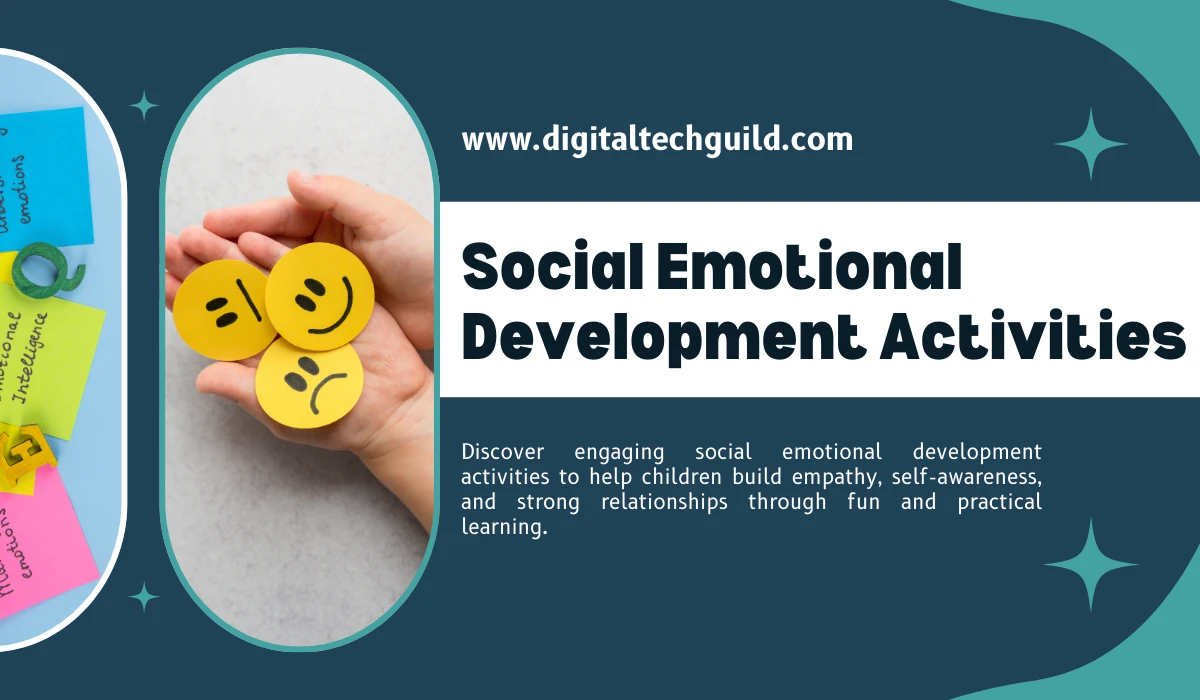Nowadays, having a strong social media presence is essential for developing a trustworthy brand, distinguishing out, and establishing momentum with prospective clients. According to a recent study, 43% of shoppers do internet research before visiting a physical store for the first time. While all businesses may benefit from being on social media, it is particularly important for small firms, which do not have the advantage of having a big brand.
However, maintaining a good social media presence requires constant content generation, which may be time-consuming. If you own a tiny business or even a one-person operation, you may be wondering how you can compete with firms that have full staff dedicated to social media marketing. It's never going to be a level playing field, but we've seen small companies embrace their uniqueness and flourish on social media as a consequence, without having to spend a lot of money on ads or employ a social staff.
Here are a few suggestions that have proven effective for people and organizations throughout the years.
1. Learn From Your Customers (and the Data)
Listening to what your prospective consumers are saying is a smart place to start. What are their sore spots? What inquiries do they have about your field of work? How do they feel about certain topics? Content possibilities include brief Q&As on Instagram and in-depth instructive content on Facebook or LinkedIn.
To reach into your listeners' minds, you can:
- Scroll through the comments section of your social media pages and those of other businesses and brands you admire. (We made a list of these lately, Twitter, Doist, and Ben & Jerry's were all mentioned.)
- Leverage the polls feature that’s available on most platforms, including Instagram, Twitter, Facebook, and LinkedIn to ask your audience questions.
- Send out a more formal survey via your newsletter, I recommend making it a short one so folks answer.
- Use market research tools like Answer The Public or Google Trends to see what people are searching for.
You should also regularly assess which of your previous posts have performed best. Which resonated most with your audience? Which have more likes, comments, shares, retweets, and saves? Find the patterns among them, and you’ll quickly be able to tell what’s working. (Note: Using an analytics tool can help surface popular posts more easily.)
After you've gathered all of this information spend some time reviewing it. What does the best-performing content have in common? Does your audience prefer videos or memes? Are inspirational posts or actionable instructions more popular? Once you identify some patterns, lean into them and create new content that gives the people what they want.
2. Leverage the News and Your Own Stats
Being informed about what's going on in your sector is vital for a variety of reasons, not the least of which is that it may offer you with unlimited content ideas.
Twitter lists help me stay up-to-date with current media coverage. Create your own lists of reporters, experts, news sites, and influencers in your industry, and if you're stuck for content ideas, scroll down to discover what they're talking about. You may share their perspectives or develop your own.
You may also contribute to the news by gathering your own data and sharing the results with your community. Earlier this year, we surveyed customers and prospective customers to develop the 2021 State of Remote Work report. Each data piece (for example, the fact that 98% of respondents wish to continue working remotely) may be used to create an intriguing and engaging social post. We've also utilized the research to develop additional material, such as suggestions for managing remote teams, our top remote collaboration tools, and advise on disconnecting while working from home.
3. Go Behind the Scenes
Consumers love learning more about how a business works and the people behind the brand. Simply put, showing the humans who are running the show humanizes the business, and that can be a pretty powerful marketing tool.
Plus, showing how you’re developing your products or company (also known as building in public) can add a lot of value in the long run. In this episode of Buffer’s Small Business, Big Lessons podcast, Paynter Jacket Co. shares how their building in public and sharing behind-the-scenes footage has impacted their business for the better, they now have a devoted group of followers and sell out of their jackets within minutes of them becoming available.
4. Make it Easy for Yourself
Of course, coming up with fresh ideas is fantastic, but you may augment your own material by repeating stuff you encounter on the internet. Sharing news about industry trends, inspirational photos related to your company, or even relevant memes may all help to fill your feed without taking up too much time.
Pro tip: Use the Buffer browser plugin to share articles, images, and other information directly from your browser. Schedule it right away, then go back to work on the remainder of your to-do list.
Creating a great social media strategy for a small company might be stressful, but it does not have to be. Set out 30 minutes or so a few times each week to work on content, starting with one or two of the strategies listed above and growing from there. The results will speak for themselves, encouraging you to keep going.
Do you have any strategies for creating content that works particularly well for you?Please contact us on Twitter.











